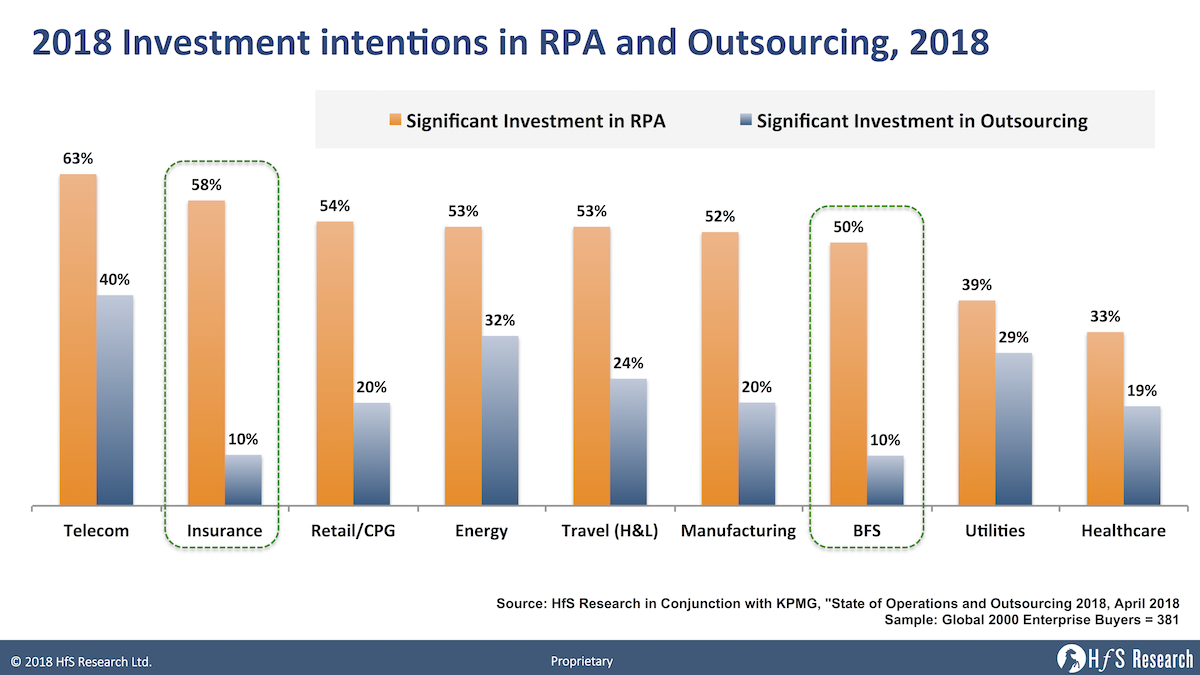Robotics
Process Automation (RPA) takes robots out of the humans. Typical knowledge
worker employed on a back-office process has a lot of repetitive, routine tasks
that are dreary and uninteresting. RPA is a type of software that
mimics the activity of a human being in carrying out a task within a process.
It can do repetitive stuff more quickly, accurately, and tirelessly than
humans, freeing them to do other tasks requiring human strengths such as
emotional intelligence, reasoning, judgment, and interaction with the customer.
There are typically four streams of RPA
- Highly customized software that will work only with certain types of process viz. accounting, finance
- Screen scraping - User might be collecting data, synthesizing it, and putting it into some sort of document on a desktop
- Self-development kit - Where a template is provided and specialist programmers design the robot.
- Enterprise software that can be scaled and is reusable.
RPA is light weight in the sense that
- You don’t need a lot of IT involvement to get it up and running. Business-operations people can learn quite quickly how to configure and apply the robots.
- It only addresses the presentation layer of information systems. It doesn’t have to address the business logic of the underlying system or the data-access layer.
Important
considerations for adopting RPA
- Strategy - You can use automation tactically for cost savings but if you use RPA as a broader strategic tool, you get a lot more out of it.
- Launch - Get the C-suite involved and appoint a really good project champion and you have to pick the right process. It has to be stable, mature, optimized, rules-based, repetitive, and usually high volume. Start with a controlled experiment on a visible bottleneck or pain point.
- Change management—persuading the organization to change and adopt automation. It is a key issue from the outset.
- Building a mature enterprise capability for RPA - Long-term users have built centers of excellence over time, usually within business operations, and developed the following skills and capabilities
- You should have people who assess the feasibility of a proposal from a business unit.
- Have people who configure a robot, install it, and develop it, and
- Controllers who switch it on and off and plan its work and how it fits with human work.
- Have some sort of continuous improvement capability and relationships with IT, governance, and security.












0 comments:
Post a Comment